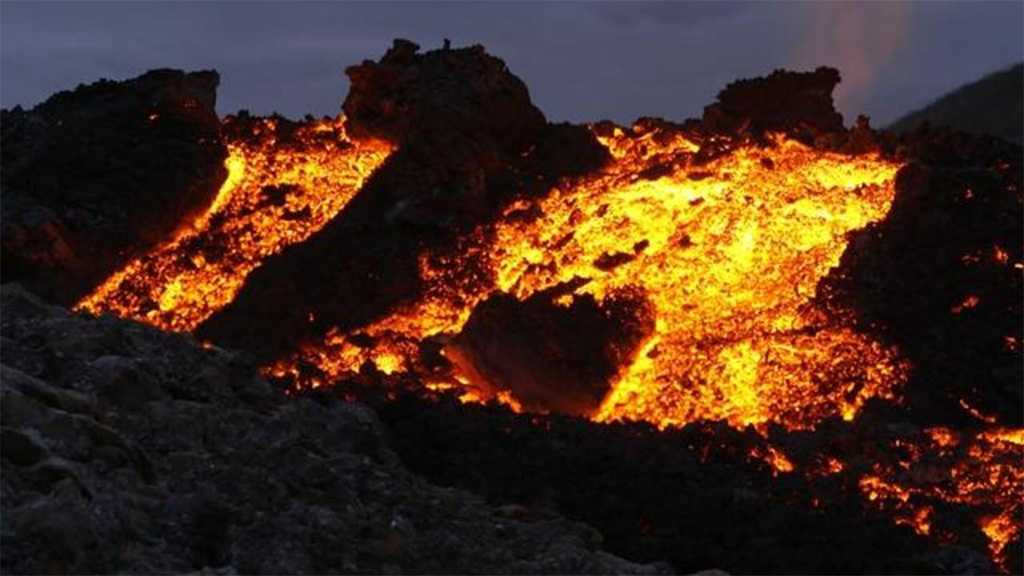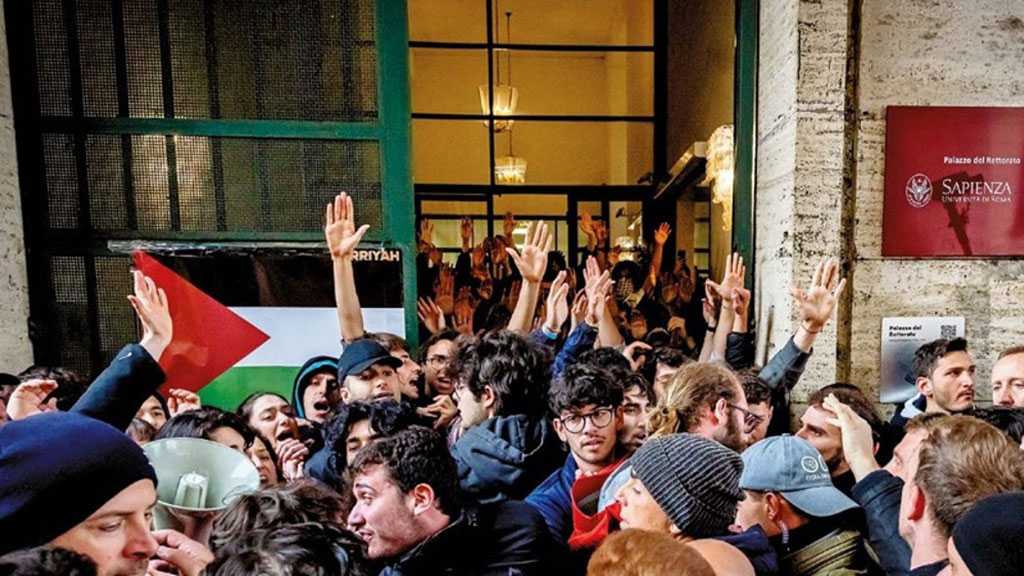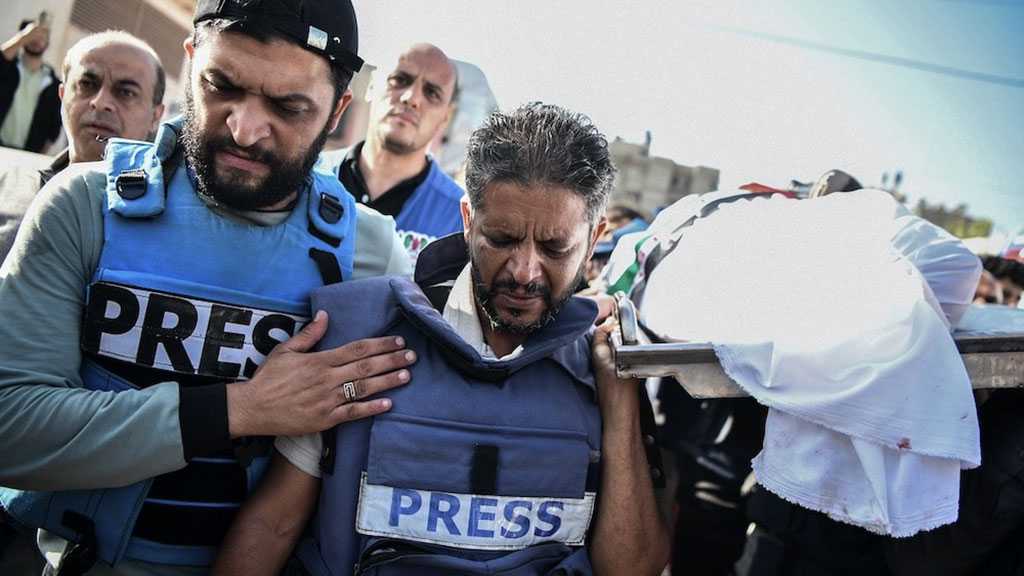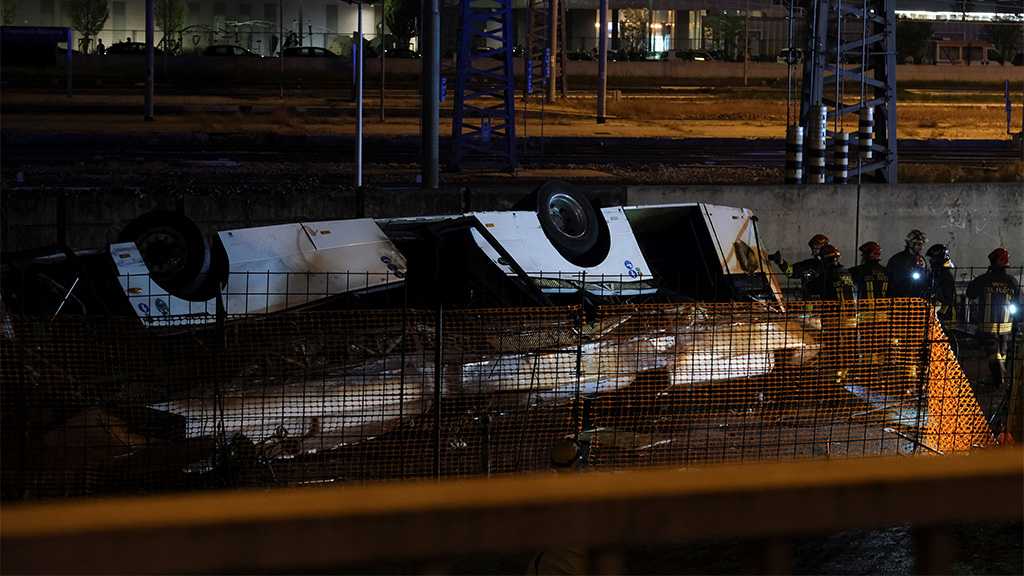Parts of Italian Volcano ‘Stretched Nearly to Breaking Point’

By Staff, Agencies
Half a million people live on a sprawling volcano in Italy – and the risk of an eruption has never been greater, according to a study.
The Campi Flegrei [Phlegraean Fields] volcano may be less well-known than Vesuvius, but is “extremely dangerous,” study co-author Stefano Carlino told AFP.
Vesuvius wiped Pompeii off the map almost two millennia ago, while the vast volcanic Campi Flegrei area near Naples last spewed lava, ashes and rocks in 1538. But the Campi Flegrei is not one to take lightly – the volcano’s eruption 30,000 years ago is reported to have contributed to the extinction of Neanderthal man.
It can seem less dangerous than it is because, instead of growing into a traditional mountain, the volcano has the shape of a gentle depression 12-14km across. A resurgence of activity in the early 1980s led to the evacuation of 40,000 inhabitants, but the volcano has been relatively quiet since then.
“We’re not saying there will be an eruption, we are saying that the conditions for an eruption are more favorable,” Christopher Kilburn from University College London told AFP.
The tens of thousands of small earthquakes that have taken place since the 1950s weakened the caldera, the basin at the top of the volcano.
And the report – published in Nature’s Communications Earth & Environment journal on Friday – found “parts of the volcano had been stretched nearly to breaking point.”
The quakes have been increasing in number since 2019, while the pressure below has been building. The coastal town of Pozzuoli has been lifted by nearly four meters – roughly the height of a double-decker bus – since the 1950s, it said. The tremors and ground uplift are cumulative, meaning volcanic activity does not need to intensify for an eruption to become more likely.
“An eventual eruption could be preceded by relatively weak signals, such as a smaller rate of ground uplift and fewer earthquakes,” the study’s authors said. They point to the eruption of the Rabaul caldera in Papua New Guinea in 1994, which was preceded by small earthquakes occurring at a 10th of the rate than had occurred during a crisis a decade before.
The probability of a big eruption occurring is “very low,” Carlino said. “What is more likely are small eruptions.”
And while the volcano is closer to rupture, that does not necessarily mean an eruption will take place, Kilburn said. Even if the crust cracks, “the magma needs to be pushing up at the right location for the eruption to occur,” he said.
The researchers used a model based on the physics of how rocks break and applied it in real time to the volcano, which is flat and mostly hidden – either under buildings or coastal waters.
They measured the tremors and ground movements and compared them with previous eruptions of other, similar volcanoes.
“We cannot say with certainty what will happen, what matters is being prepared for any eventuality,” Carlino said.
Five hundred thousand people live in what Italy’s civil protection agency has designated the red zone – the area at highest risk. Another 800,000 people live in the yellow zone.
Authorities have drawn up an evacuation plan, under which residents will be moved out using their own or public transport within three days. The risk level – green, yellow, orange and red – is reviewed monthly.
“The alert level in Pozzuoli is currently yellow,” council spokesperson Giordana Mobilio told AFP, adding that locals receive alerts for all tremors of a magnitude of 1.5 or greater.
Comments

“Israel” Faces Academic Boycott in Italy
9 months ago


